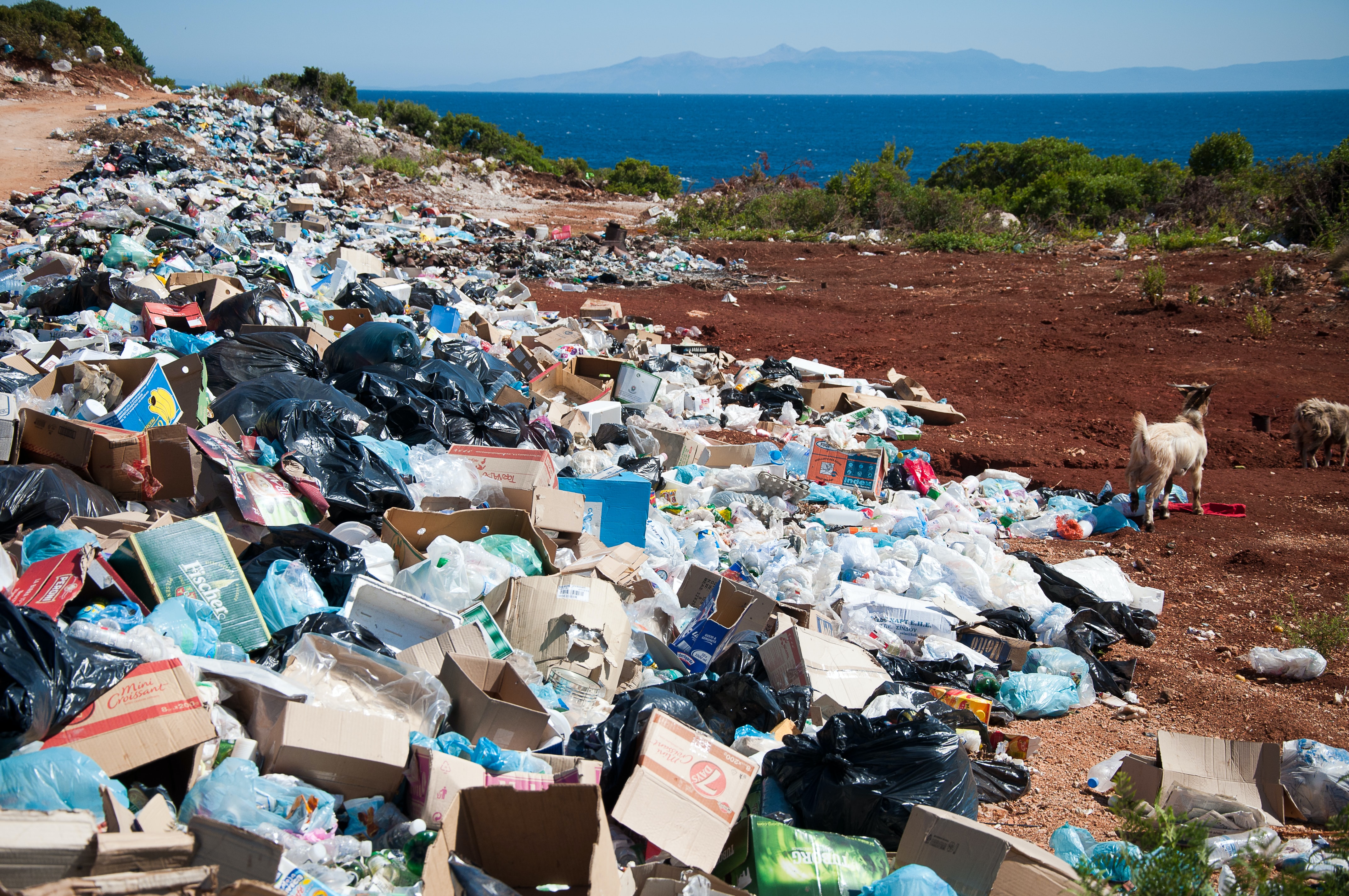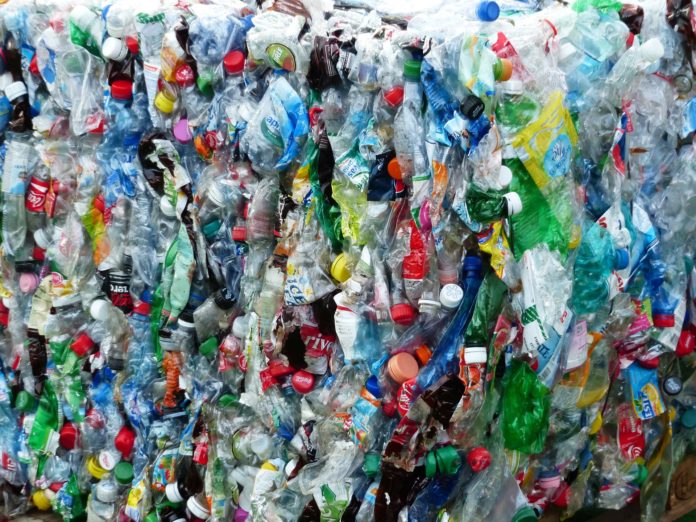By Louise Mathu and Daniel Kitwa
Nairobi, Kenya: The amount of waste Kenya generates is estimated at 22,000 tonnes per day with 40% of this being generated in urban areas. The World Bank states that the capital, Nairobi, produces about 2,400 tonnes of solid waste daily.
Further estimates argue that approximately less than 40% of Nairobi’s waste is collected and far less, below 10%, is recycled. Additionally, despite the 2017 ban on plastic bags, about 20% of the daily waste is in plastic form with some experts indicating that only 15% of this is recycled.
With the rate of urbanization rapidly increasing across Kenya’s 47 counties, it becomes clear that the waste management problem is far larger than captured by these statistics. Kenya’s industrial ecosystem remains as linear as it gets and the infrastructure towards a circular economy is nascent at best or at worst, non-existent.

What is EPR and why it is relevant?
EPR as a concept is attributed to Sweden’s Thomas Lindhqvist who in 1990 introduced to the Swedish Ministry of Environment, the idea of manufacturers being responsible for their products. A definition of EPR emerged from further reports which Lindhqvist submitted, ‘Extended Producer Responsibility is an environmental protection strategy to reach an environmental objective of a decreased total environmental impact from a product, by making the manufacturer of the product responsible for the entire life-cycle of the product and especially for the take-back, recycling and final disposal of the product.’
Germany, the first European country to introduce EPR in 1991 required manufacturers to assume responsibility for recycling or disposing of packaging material that they sold. Since then, EPR has gained global acceptance. Its adoption in the developing world, however, including Sub-Saharan Africa continues to lag with most countries lacking enabling policies for EPR to thrive.
Kenya’s Ministry of Environment and Forestry has been engaging stakeholders on The Environmental Management and Co-ordination (Extended Producer Responsibility) Regulations 2021 (still in draft form). This makes Kenya second only to South Africa which in November 2020 adopted an EPR law for paper, packaging, and some single-use products.

In brief, the EPR Regulations (if enacted) are intended to fulfill a number of important objectives include:
To provide an overarching framework for the establishment of mandatory EPR schemes;
Optimize life cycle approach to the management of products and packaging;
Enhance resource mobilization for management of products and packaging;
Operationalization of Polluter Pays Principle and promote a collaborative approach in the management of products and packaging.
Under the draft Regulations
Every producer shall bear EPR obligations to reduce pollution and environmental impacts of the product they introduce into the market. The draft Regulations define EPR as ‘an environmental management approach in which a producer’s responsibility for a product is extended to the post-consumer stage of a product life cycle.’ The term producer means an ‘entity that introduces goods, products and packaging into the country using authorized means, by manufacturing, importing, converting, filling, repackaging, rebranding…’ A product on the other hand is defined as a good or packaging introduced in the Kenyan market by any entity or persons through production, importation, franchising, marketing, and distribution outlets and channels for consumption by the consumer.’
The specific products which will be subjected to EPR are indicated in a Schedule to the Regulations. These products have been identified primarily because they pose a challenge on reuse, recycling, and recoverability arising from the quantities involved, their hazardous nature, and the risks associated with their negative impact on the environment and health.
The products have been clustered into 5 categories: –
In packaging for non-hazardous products (plastics, papers, aluminum, composite, glass, and carton).
Hazardous products’ packaging (Industrial chemicals, oil, and lubricants, pharmaceuticals, agrochemicals, veterinary, paints, and solvents) and agricultural films
Electrical, Electronic Equipment, Mercury Auto Switches, thermostats, Battery and Accumulators
End of life motor vehicles, automobiles, aircraft, locomotives and Non-packaging items (Plastics, glass, paper, cardboard), Furniture (except wooden, metallic), Rubber, and Tyres.
New Products
In order for a producer to introduce a product into the country, they would have to obtain producer responsibility registration from the National Environment Management Authority (NEMA). Producers have the option to obtain such registration by setting up an individual EPR Compliance Scheme or joining an established collective EPR Compliance Scheme – a Producer Responsibility Organisation (PRO).
A PRO assumes the legal obligation to implement and execute EPR on behalf of its members and its members are responsible for its management. The Regulations allow for only one (1) PRO for each product.
So, what are some of the proposed EPR legal obligations of producers – whether under a PRO or as individual EPR Compliance Schemes?
To establish post-consumer collection and take back schemes systems, which may include a deposit refund system.
Register and provide status update reports to NEMA on EPR implementation;
Design products and packaging materials that minimize waste, facilitate reuse, recycling, recovery, and use of secondary raw material;
Take financial, organizational, and physical responsibility for the management, treatment, and disposal of their post-consumer products and end of life treatment for the waste generated by their products;
Provide NEMA with updated information on quantities of products they introduce into the national market, recyclability and reusability, interpretation of packaging labels and market traceability mechanism;
Provide consumers with information on their role on reuse, return, take back points, the meaning of recycling and recovery labels and symbols on the products.
Raise awareness on management of post-consumer products that are introduced.
Carry out product life cycle assessment to enhance environmental sustainability.
Support the establishment of markets for secondary raw materials.
Put in place circular economy initiatives and any other measures to reduce the impact of their product on health and environment.
Fund research and development programs on emerging technologies to improve material recovery.
 The operations of PROs are to be funded through EPR member fees. The PROs are to be non-profit making, with all fees to be ploughed into the scheme. All individual EPR Compliance Schemes and PROs will also be required to submit 2-year work plans to NEMA as the environment regulator.
The operations of PROs are to be funded through EPR member fees. The PROs are to be non-profit making, with all fees to be ploughed into the scheme. All individual EPR Compliance Schemes and PROs will also be required to submit 2-year work plans to NEMA as the environment regulator.
PROs would also have an obligation to set minimum targets based on national targets for reuse, recycling, and recovery for their members together with incentives. Also, should the EPR Regulations be gazetted, producers will have 6 months within which to register themselves under PROs or as individual Compliance Schemes.
The draft Regulations appreciate the role of County Governments in implementing waste management as a devolved function. The establishment of material recovery facilities, the establishment of intercountry waste management facilities, and movement of waste between counties are some of the important functions counties are required to undertake. PROs are also permitted to enter into public-private partnerships (PPPs) with County Governments to establish take-back and disposal.
In conclusion, successful implementation of EPR will require a lot of goodwill including capacity building of various stakeholders so as to fill the present knowledge gaps in the market. It remains to be seen how this structure will integrate with existing initiatives such as Kenya PET Recycling Company (PETCO), an industry-driven and financed effort to self-regulate PET (polyethylene terephthalate) recycling.
Kenya Extended Producer Responsibility Organisation (KEPRO), a collaborative partnership of all stakeholders in the produced material value chain was registered in January this year and seeks to play a key role on matters circular economy in Kenya.
Lastly, as always with any new regulation, the cost of compliance will definitely be a factor. However, the triple-bottom-line impact of EPR around people, planet, and profit should be a net positive in the country’s long walk towards the “Canaan land” of circularity.
About the Authors: Louise Mathu is Energy & Public-Private Partnerships Professional (lead Consultant) Gennis Consulting, & Daniel Kitwa is an Energy Climate Finance Professional (Manager-Intellicap).














